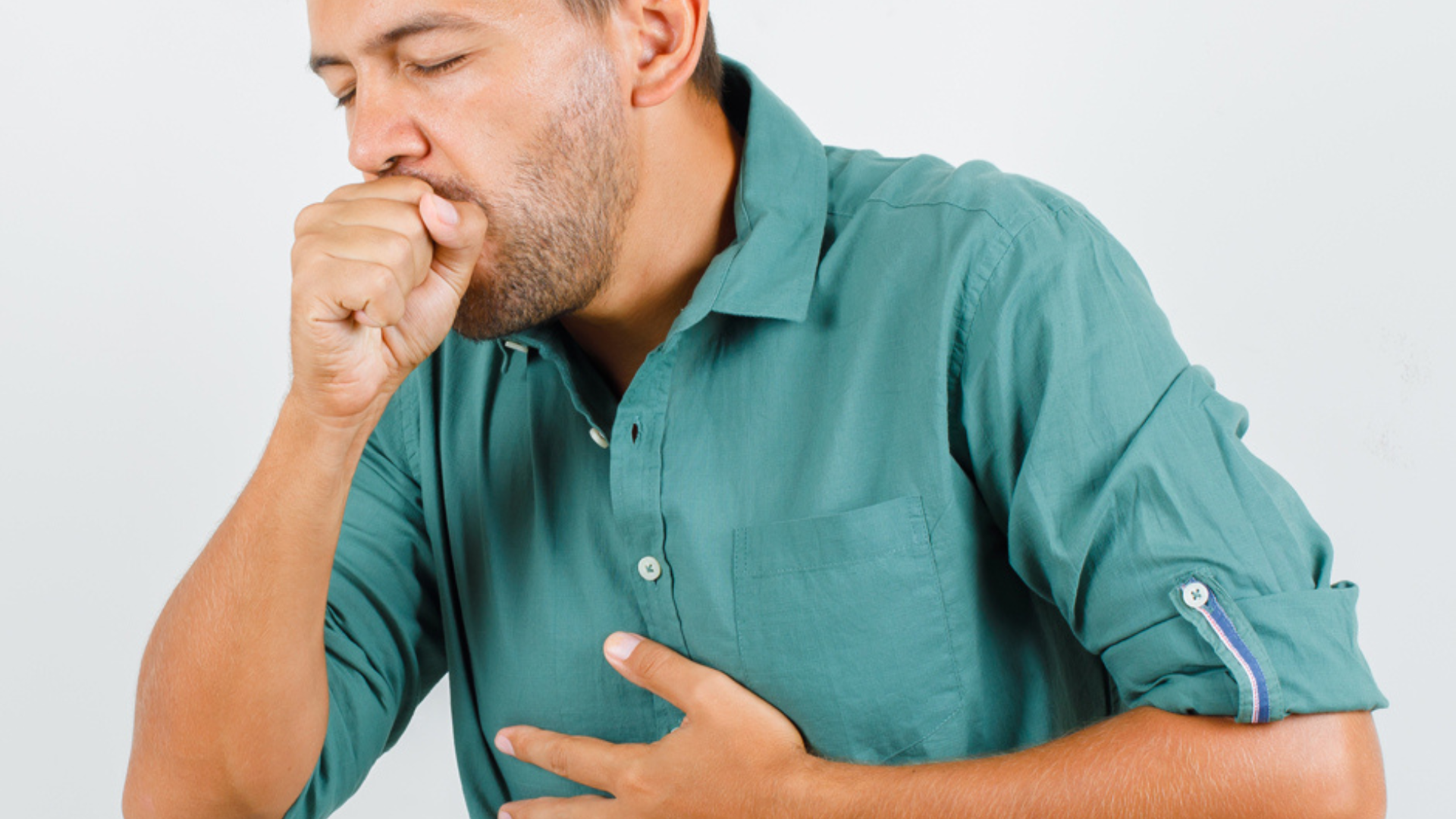


As the COVID-19 pandemic recedes, a concerning trend is emerging in multiple countries: a surge in cases of whooping cough, a highly contagious and severe respiratory infection. Nations like China, the Netherlands, Czech Republic, and the Philippines are witnessing alarming increases in whooping cough cases. Even countries like the US and UK are not immune, reporting instances of this infectious disease.
In China alone, the first two months of 2024 saw a staggering 32,000 cases of whooping cough, a stark 20-fold rise compared to the same period last year, according to the National Disease Control and Prevention Administration. Tragically, this surge resulted in 13 deaths. Similarly, the Philippines experienced a significant spike, with a 34% increase in cases and 54 reported deaths in 2024.
Whooping cough, or pertussis, is a highly infectious respiratory disease caused by the Bordetella pertussis bacterium. It’s marked by intense coughing spells that are followed by a notable “whooping” noise when the person breathes in. This condition can be especially dangerous for infants and young children, potentially causing serious complications like pneumonia, seizures, and in some cases, death.
After becoming infected with whooping cough, signs and symptoms typically emerge within seven to ten days, although the onset can occasionally be delayed. Initial symptoms are often mild and mimic those of a common cold, including:
– Runny nose
– Nasal congestion
– Red, watery eyes
– Fever
– Cough
As the infection progresses, usually after one to two weeks, symptoms intensify. Thick mucus builds up in the airways, leading to uncontrollable coughing. Intense, prolonged coughing fits can:
– Induce vomiting
– Turn the face red or blue
– Lead to extreme fatigue
– Conclude with a high-pitched “whoop” sound during the subsequent inhalation of air
Not everyone exhibits the classic whooping sound. For some, particularly adolescents and adults, a persistent hacking cough may be the sole indication of whooping cough.
In the case of infants, the illness may present without coughing. Instead, they might experience difficulty breathing or even brief periods of apnea.
Whooping cough is an infectious disease caused by the bacterium Bordetella pertussis. Tiny droplets containing the bacteria are expelled into the air when an infected person coughs or sneezes, and these droplets can be inhaled by others in close proximity.
Consult doctors for vaccination because it is the most effective way to protect against whooping cough.
Maintaining hygiene and proper sanitation ranks as the second most crucial protective measure. This encompasses frequent hand washing, particularly following coughing or sneezing, and the necessity to cover one’s mouth and nose during these actions.
If symptoms arise, it is prudent to seek a medical examination and adhere to the antibiotic regimen prescribed by a physician. Additionally, it is crucial to ensure adequate bed rest during illness.